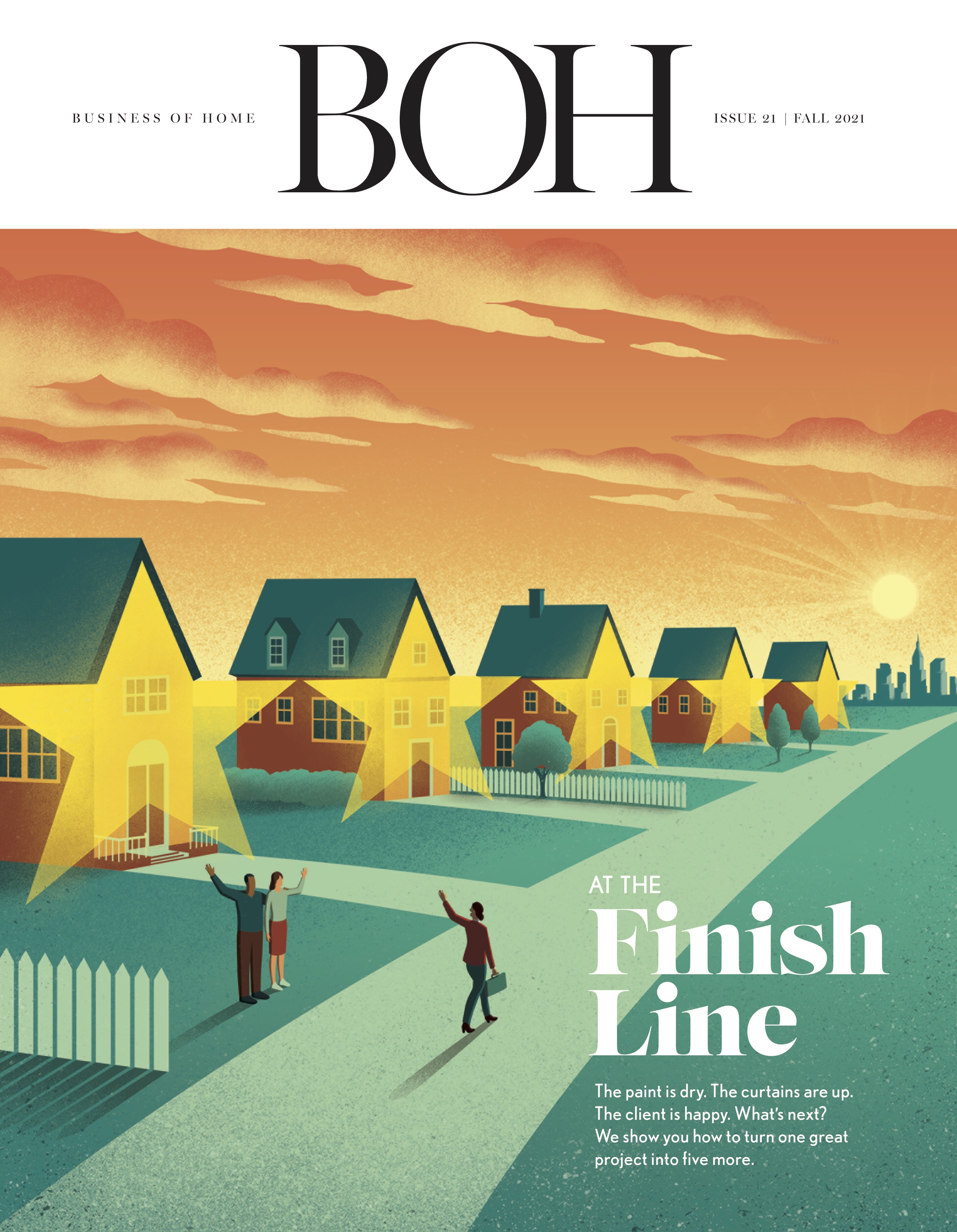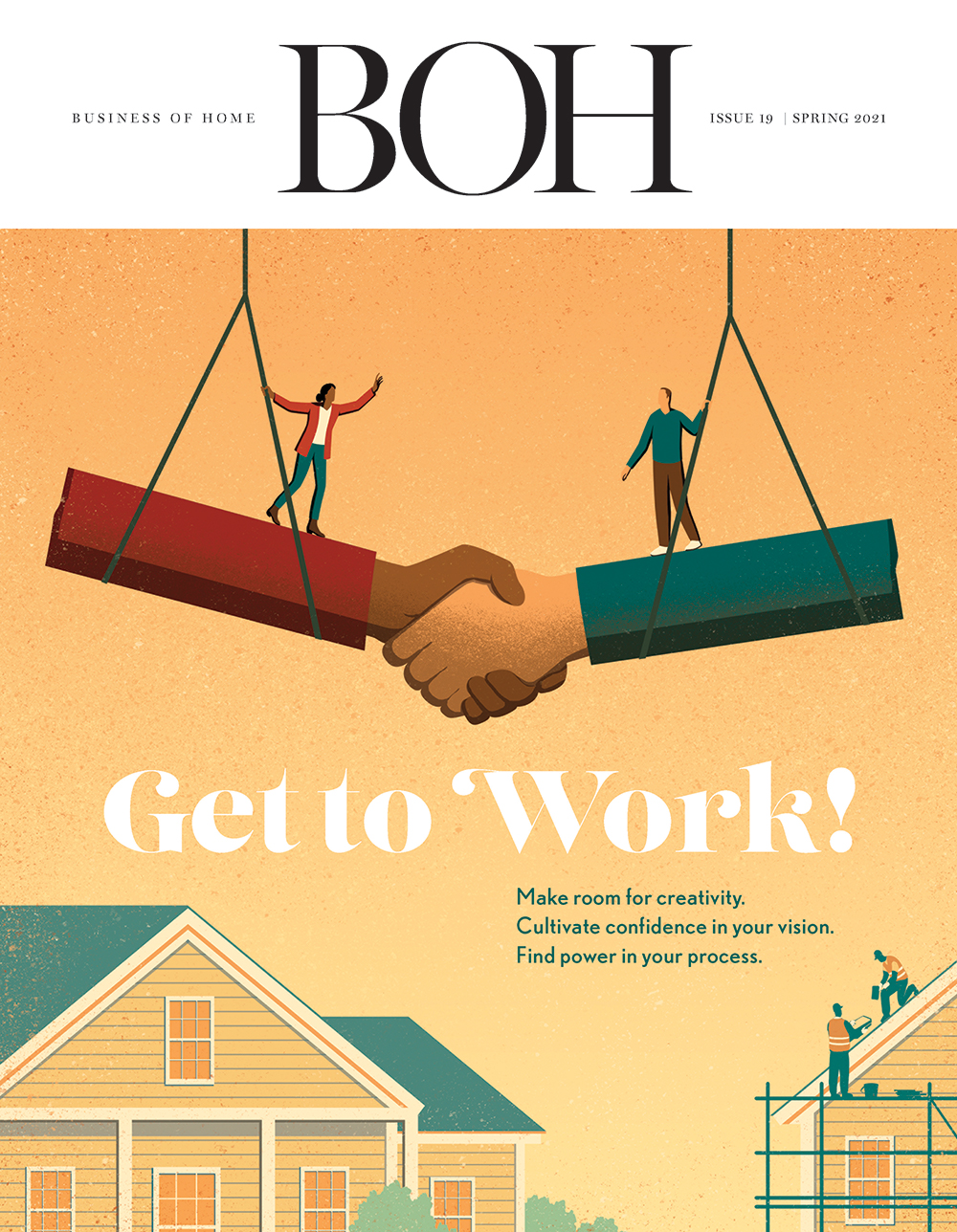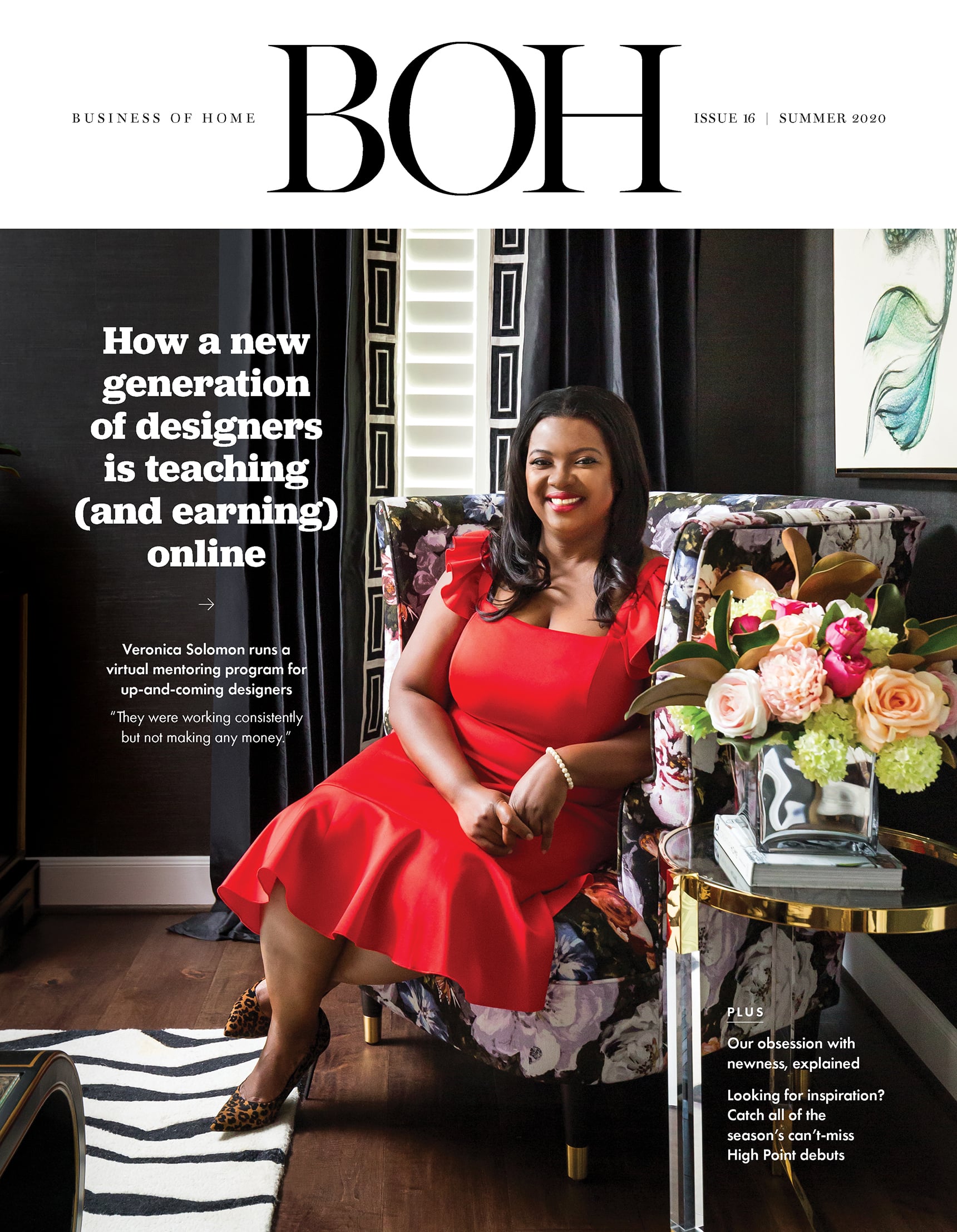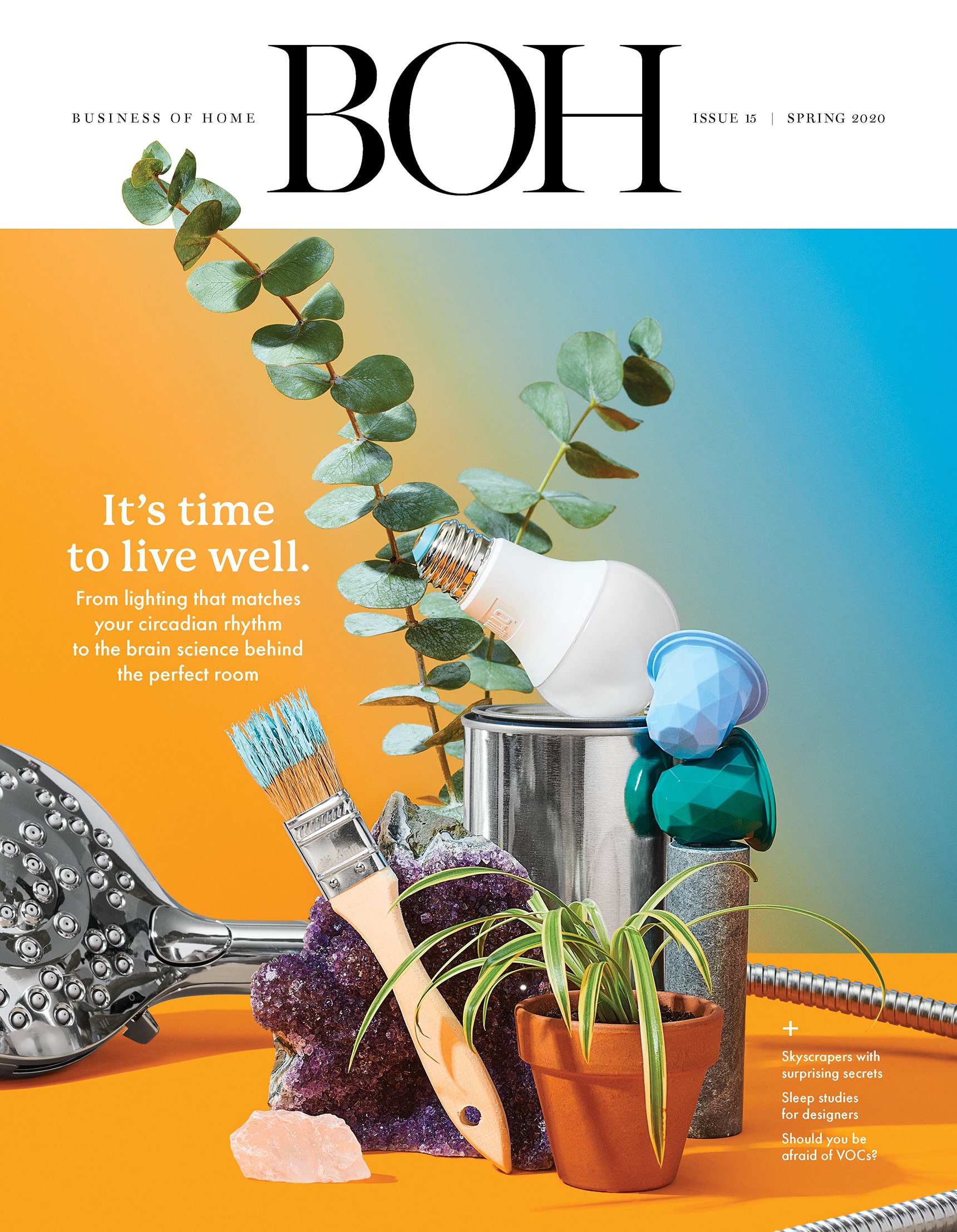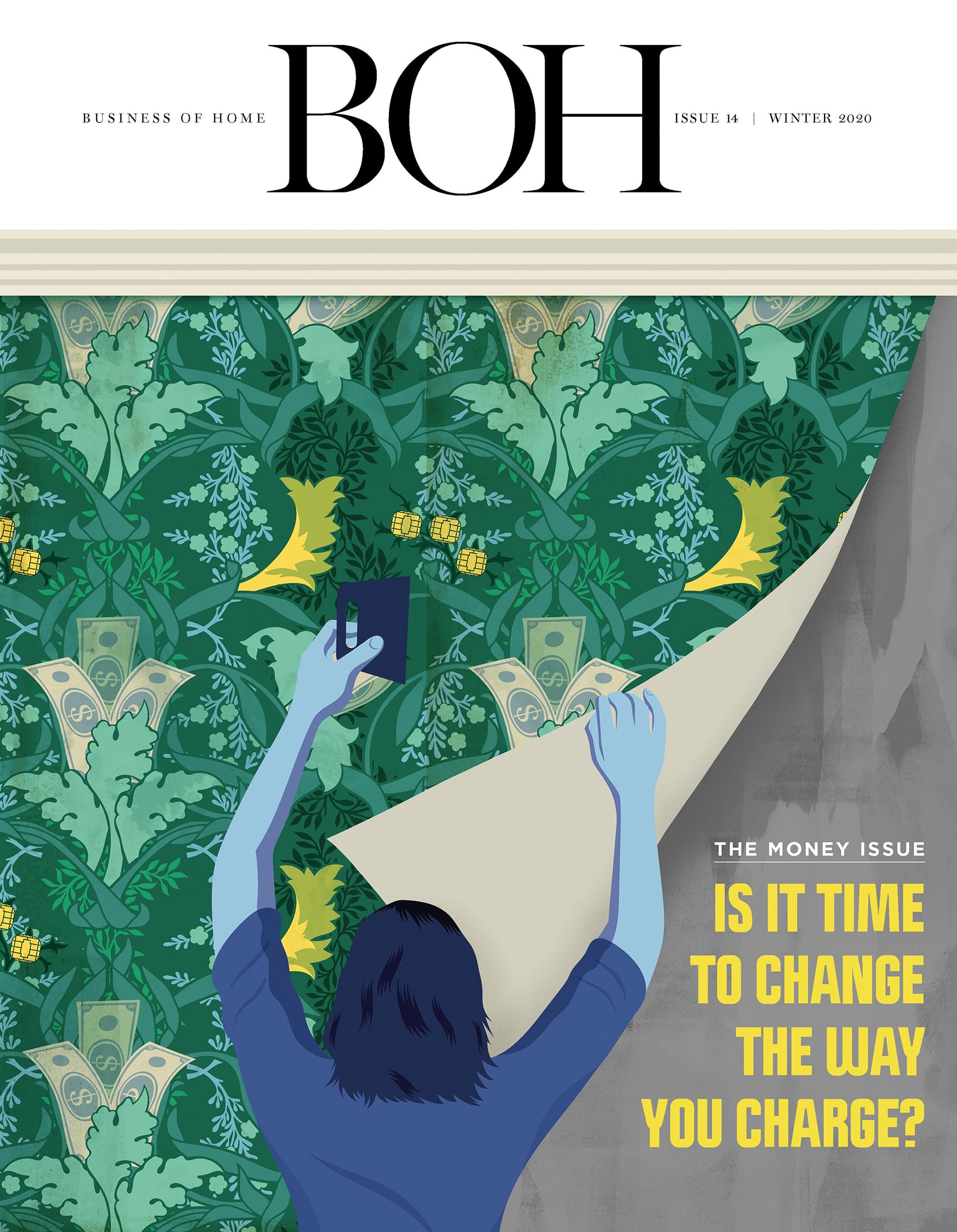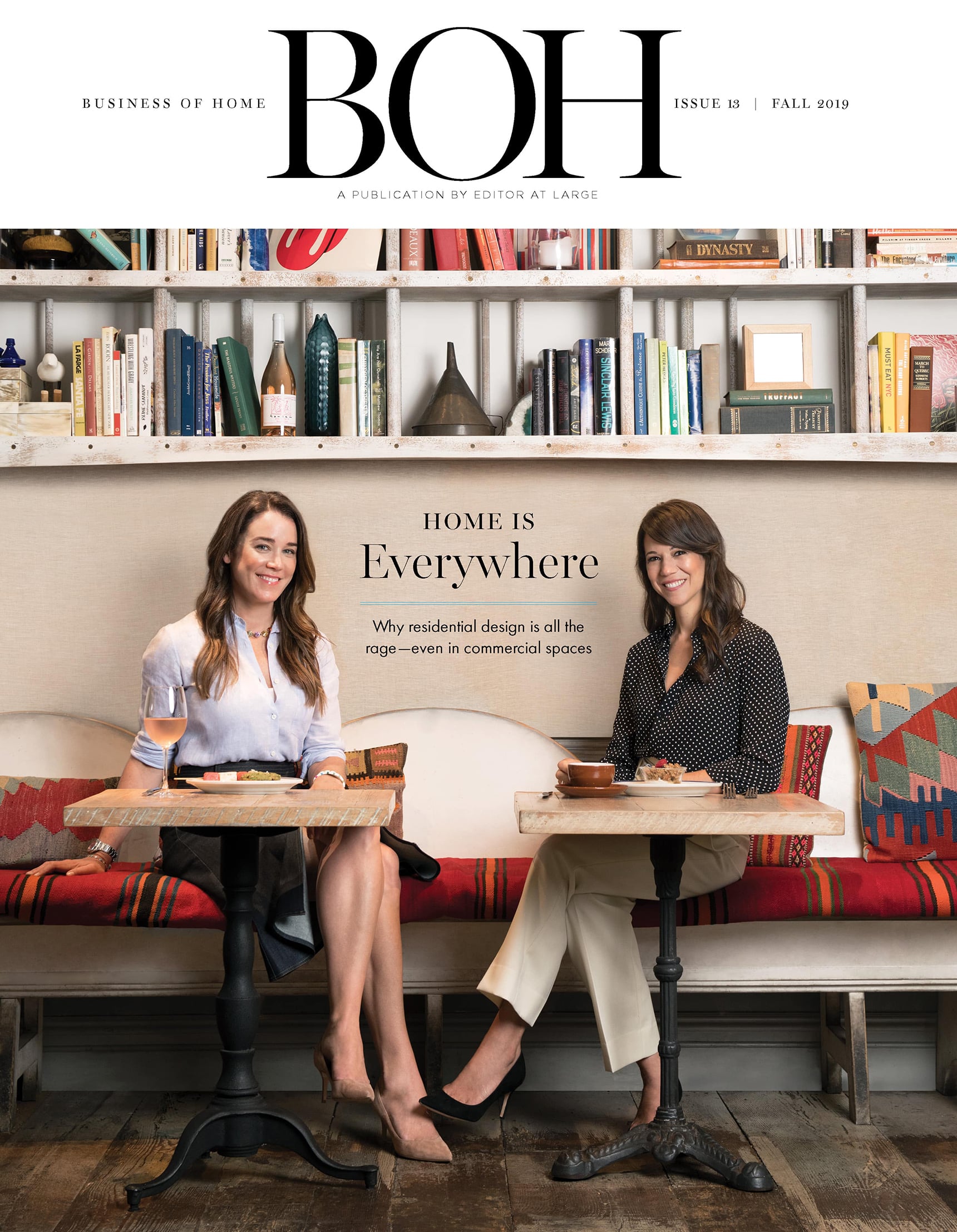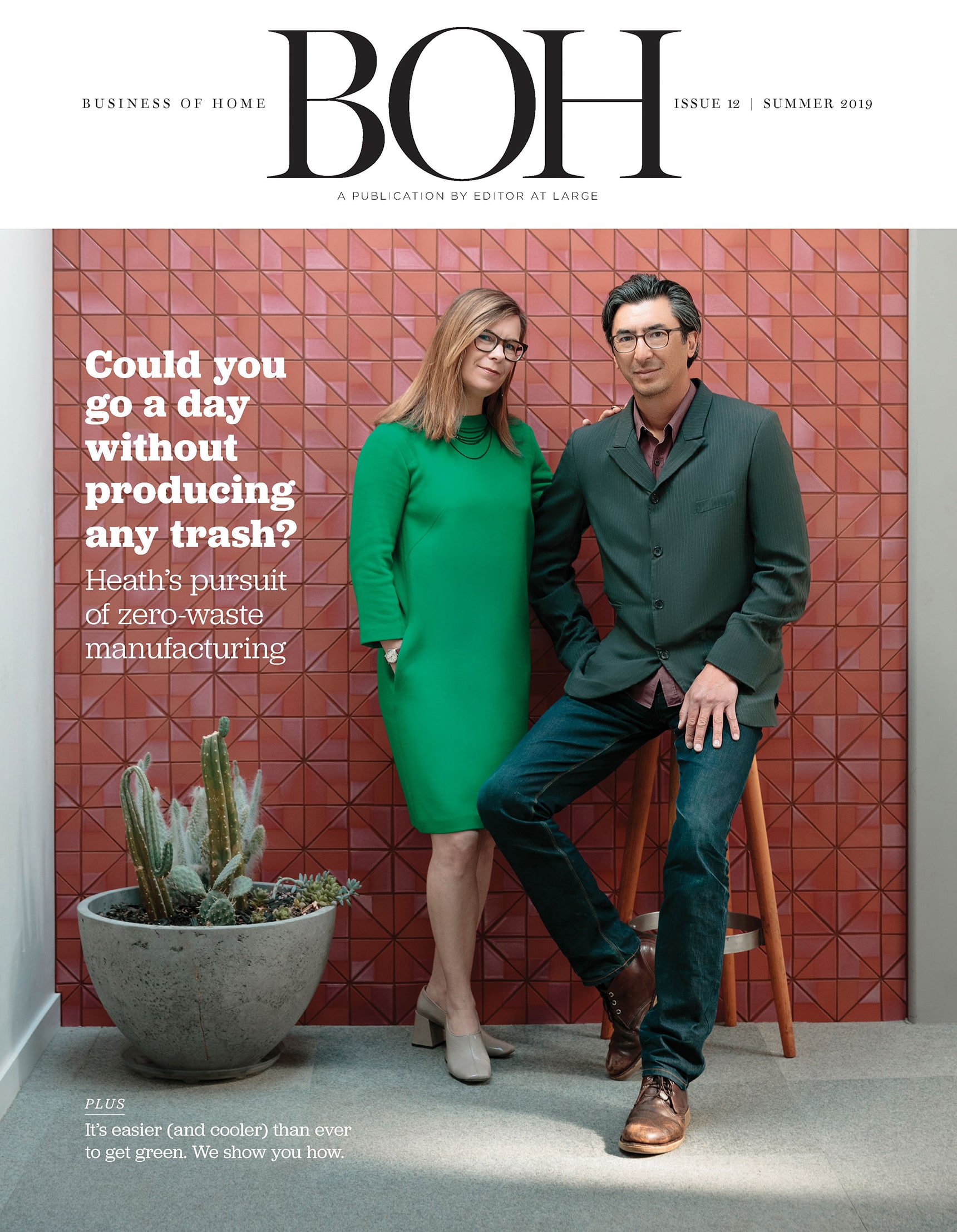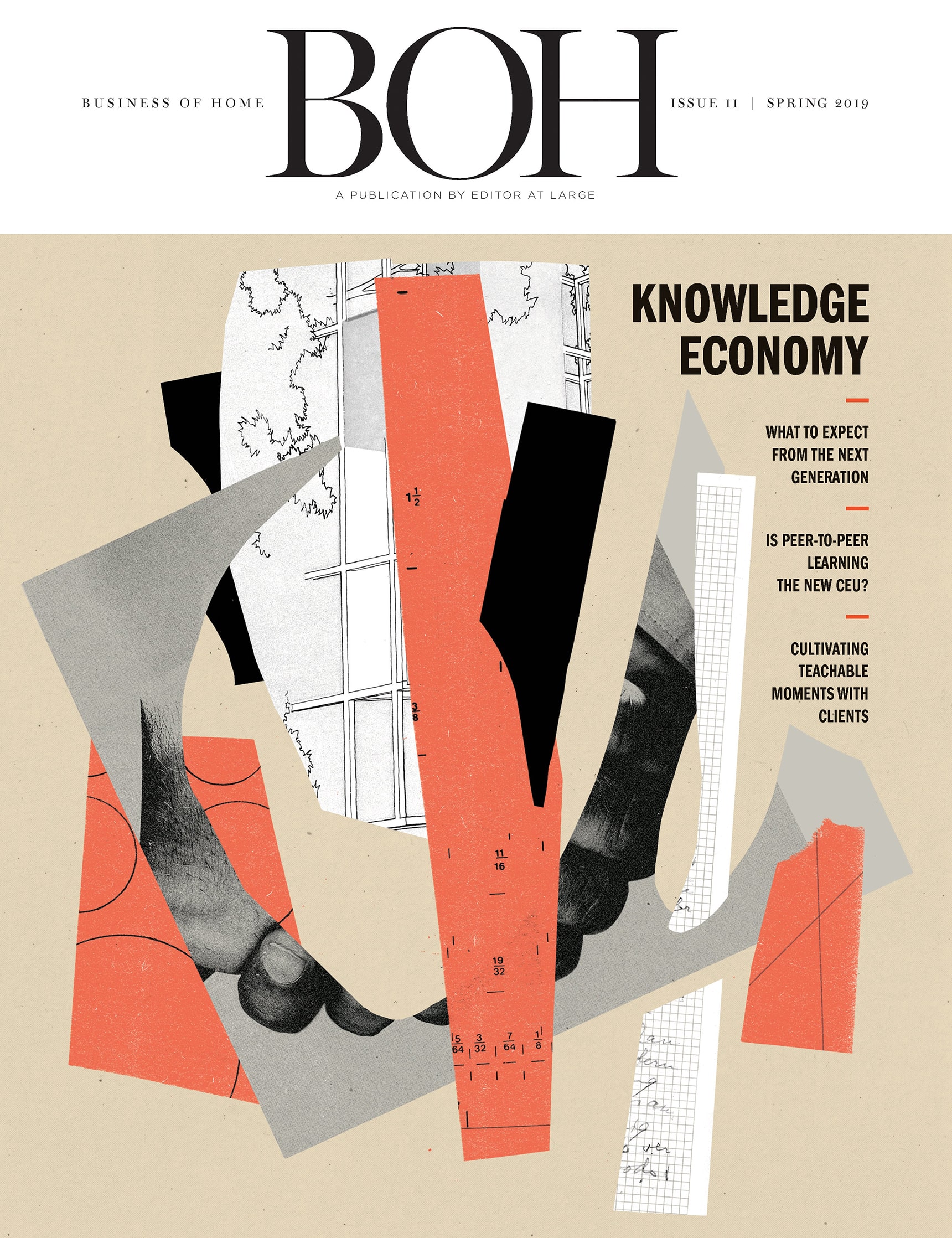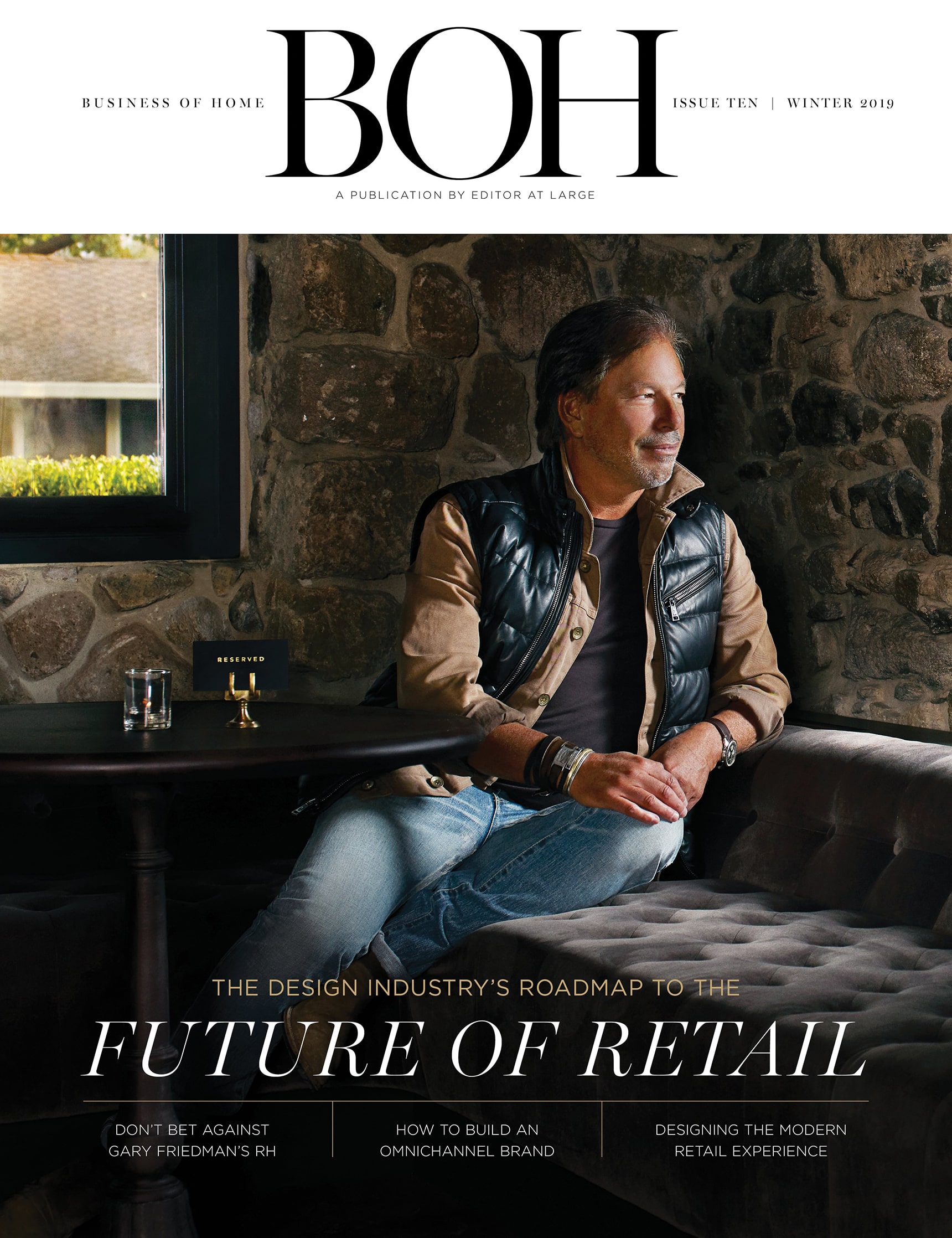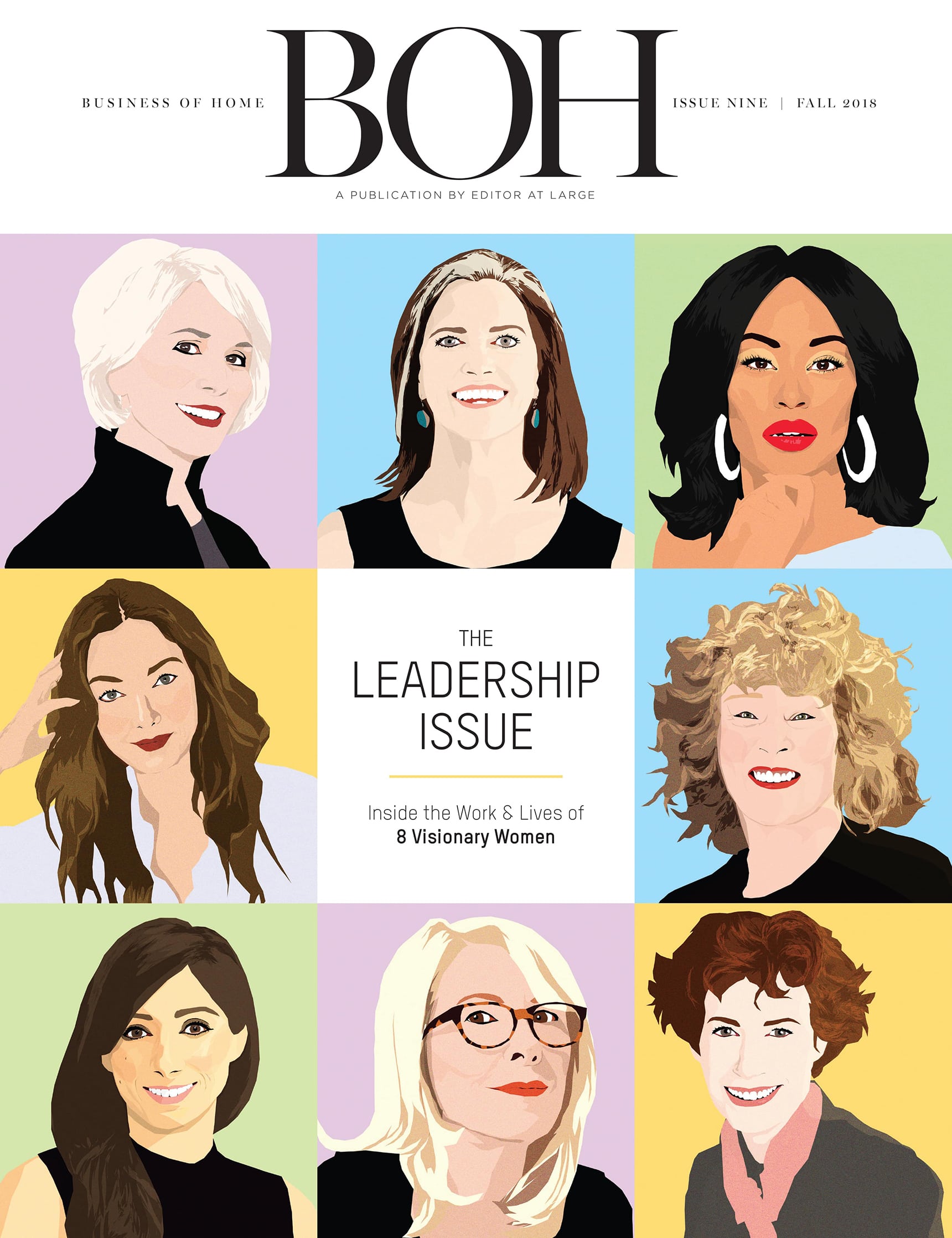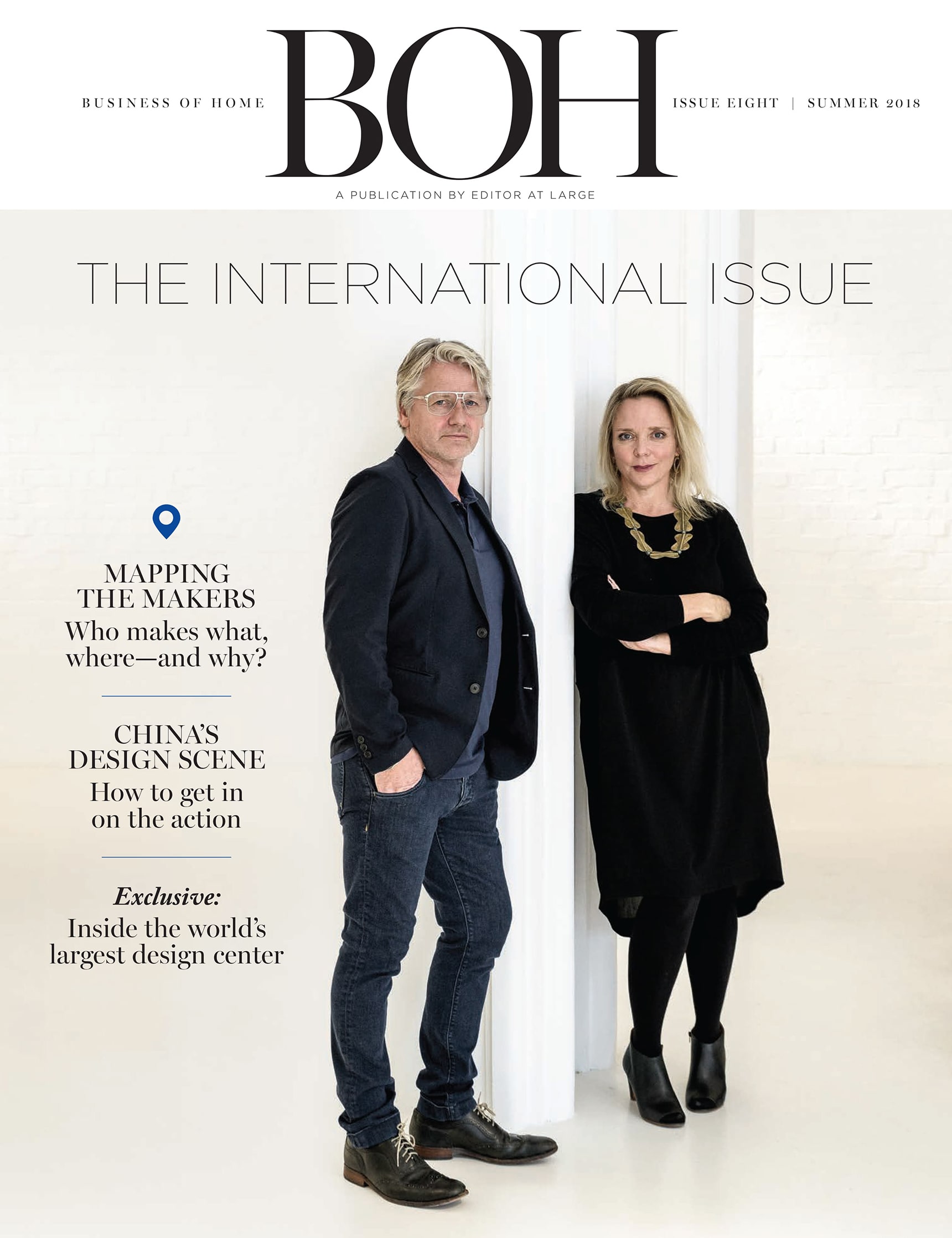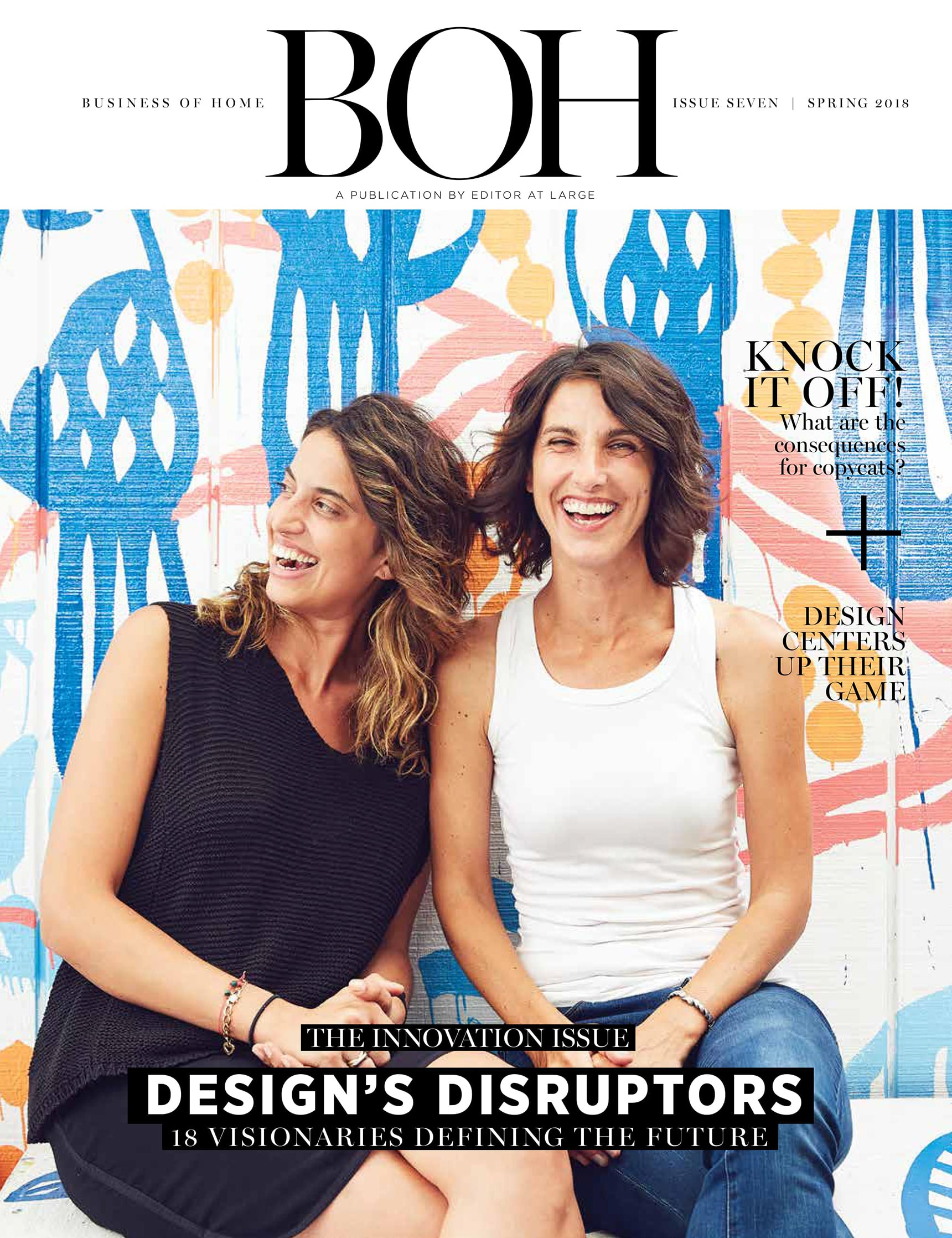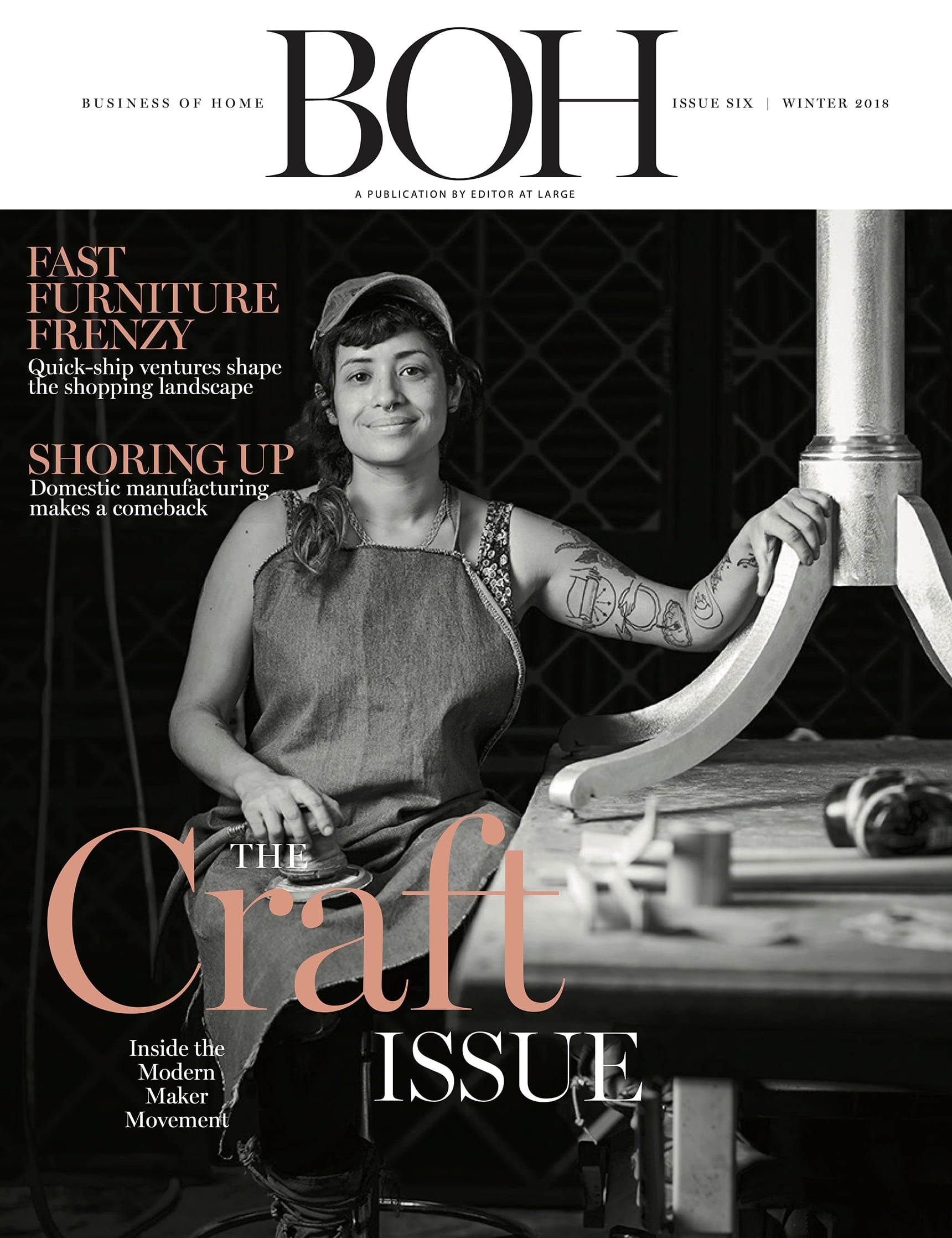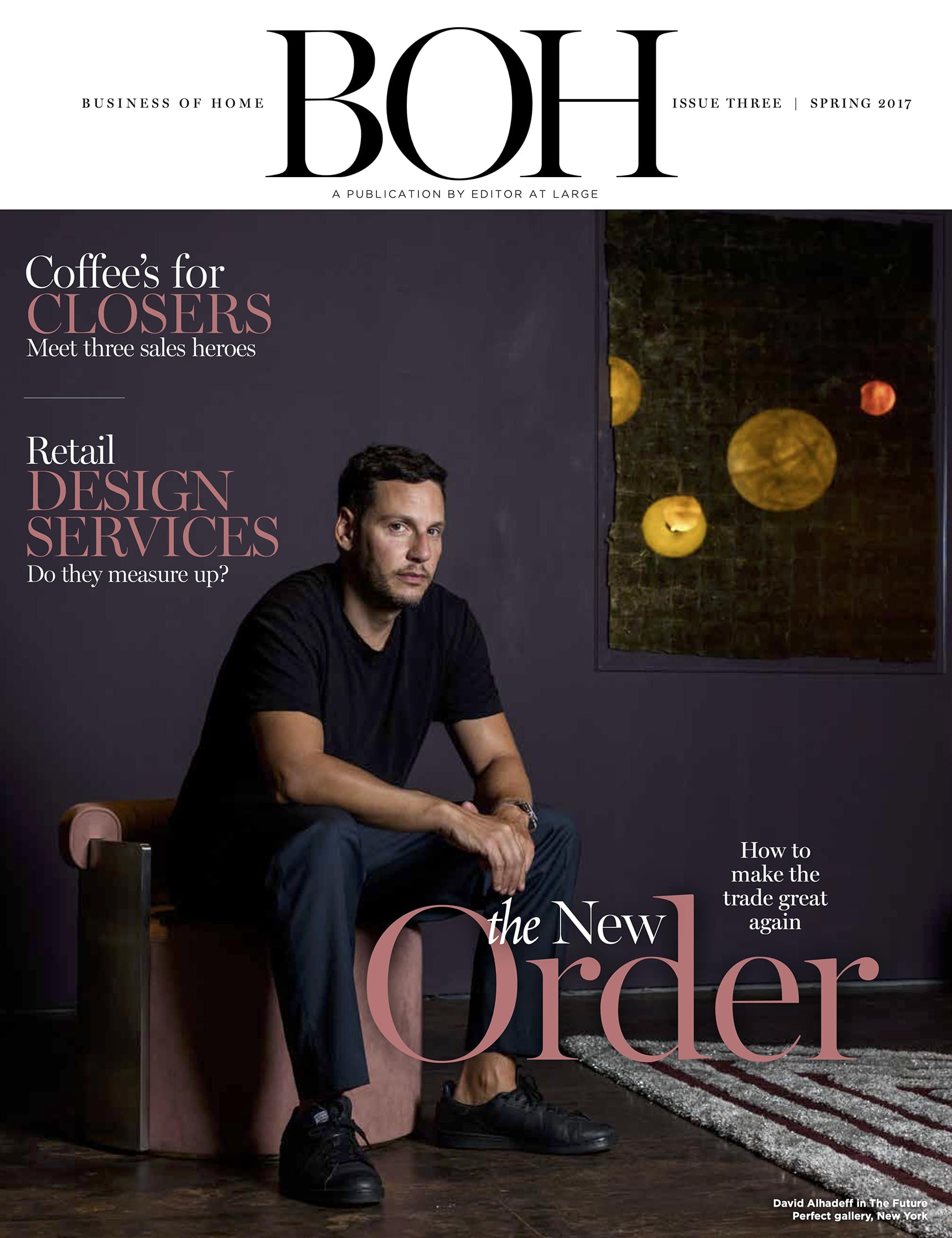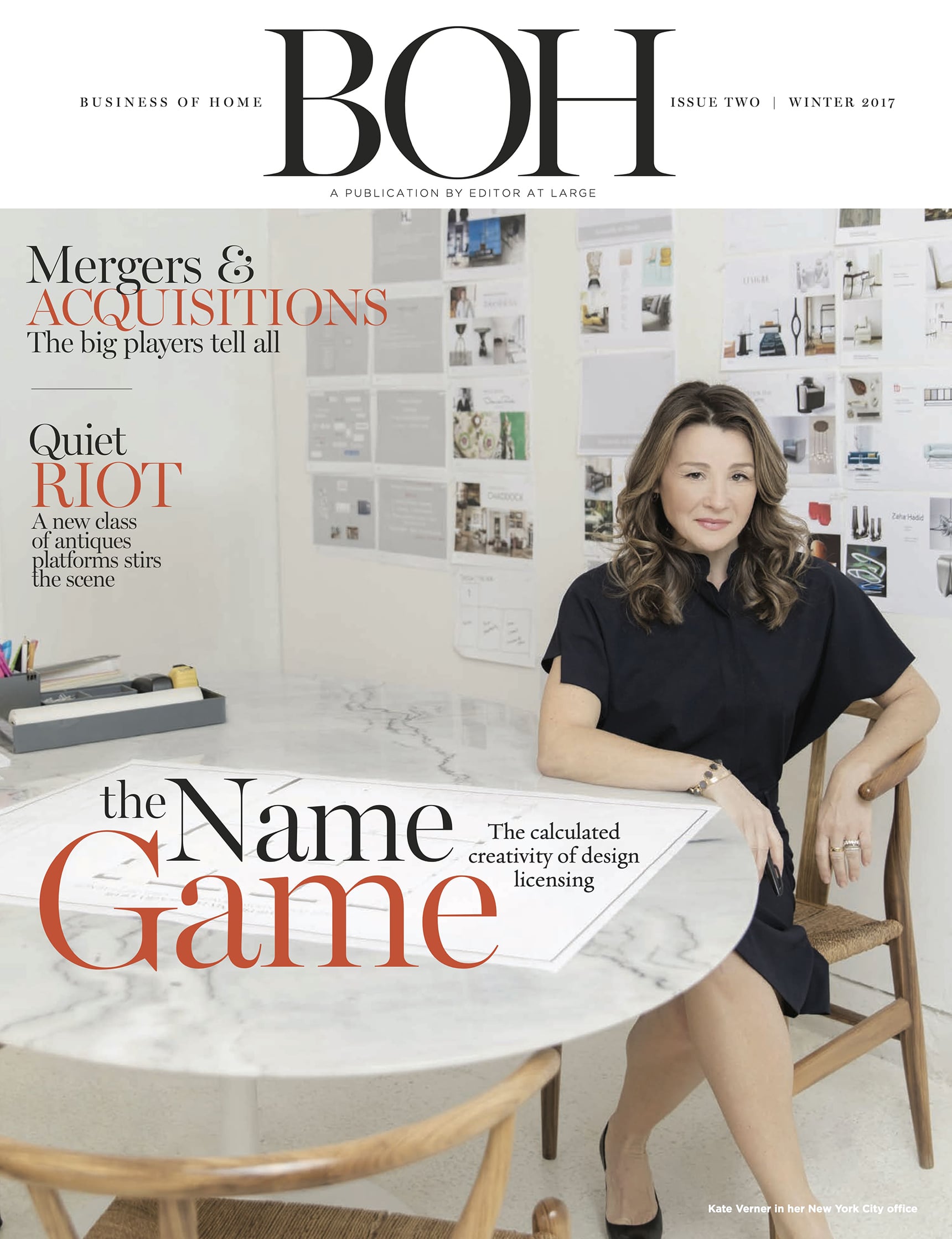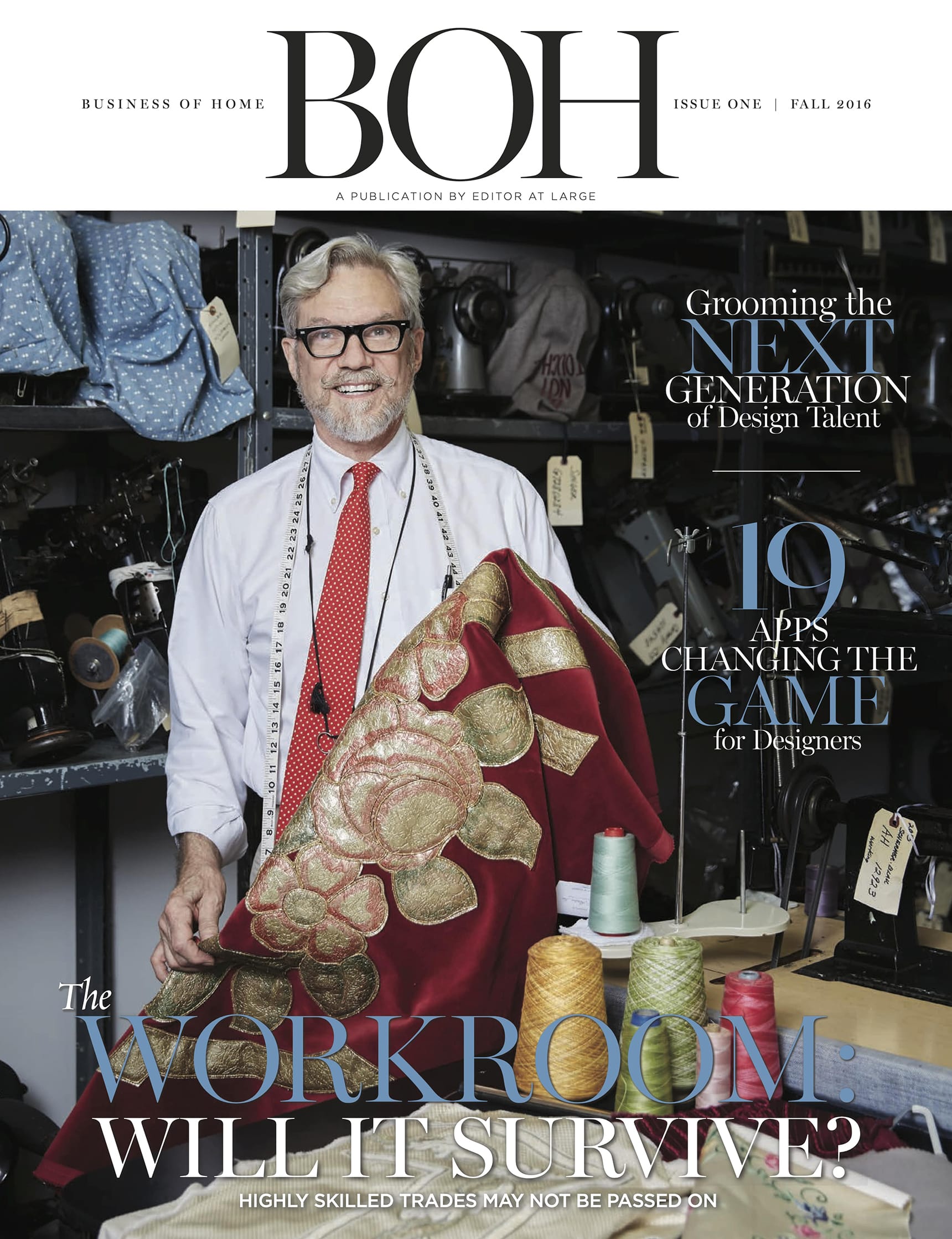Today, the spaces designers create are expected to do more than ever before. Offices are at the core of how we connect and where we spend the majority of our waking hours; hospitality spaces are not limited to a delicious meal or a comfortable night’s stay; and retail stores have become engaging, immersive environments. The expanded scope of these projects requires design professionals to draw on fields outside their own, including psychology, operations management, human resources and sociology.
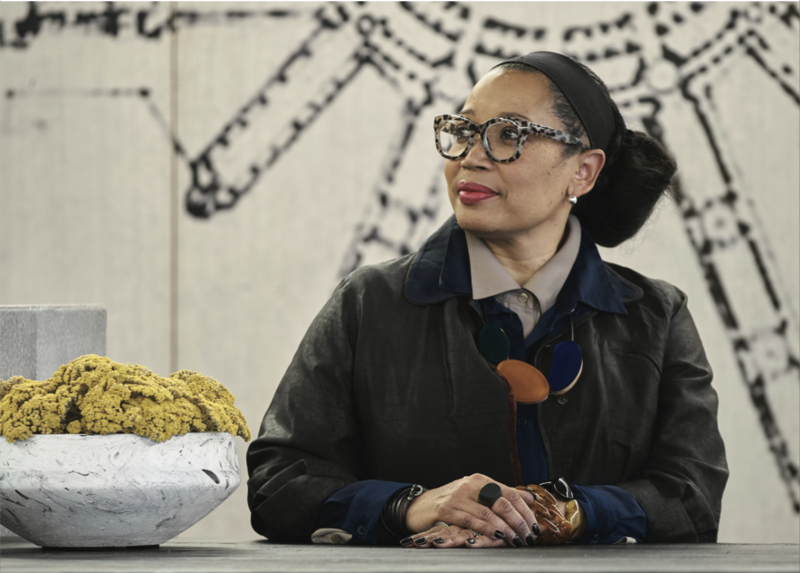
Keen observation is one of the greatest skills that designers can develop—becoming avid people-watchers who study how humans move from place to place and interact with their surroundings. The ability to listen is key as well. Some are born good listeners; others become better with practice. Design is a business, but it’s also the art of humanity. Designers are inherently attuned to others, but at an undergraduate level, they’re not typically engaging in the formal study of human beings. This is the lifelong learning of being a designer: interpreting not just the wants of one’s clients, but also the needs, and being able to discern between the two.
Design is not a snapshot in time. Whether you’re creating a workplace or home, human beings aren’t static. Companies change, grow and evolve. Children grow up and leave, parents age. The best designers are designing for now—and for next.
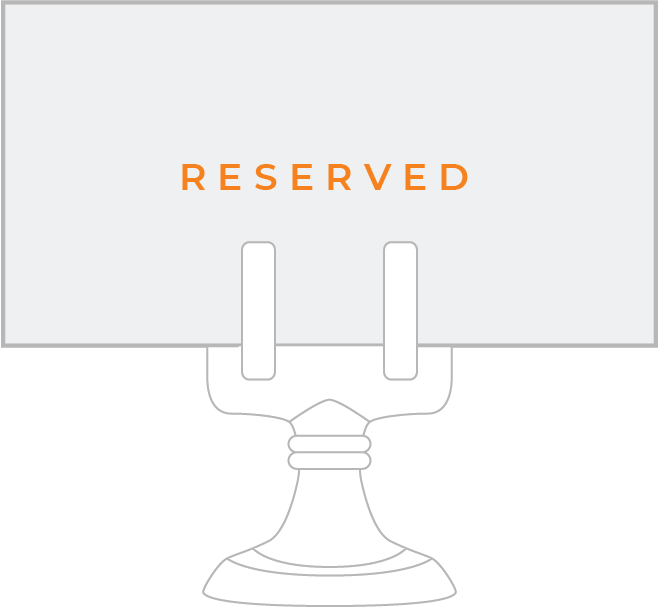
BOH subscribers and BOH Insiders.



















